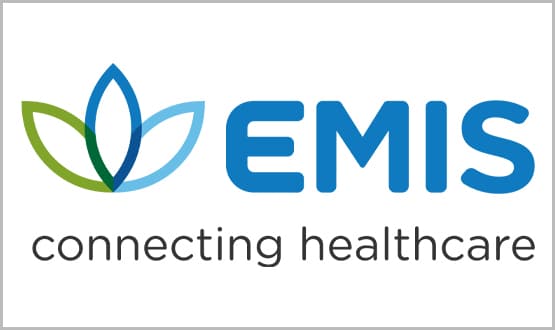Spinning a Web
- 4 September 2012

General practice is about working in a team and sharing information with other health professionals is an essential part of that.
So goes the thinking of Wandsworth GP Dr Arul Thurairatnam, who says his decision to share patient records with other healthcare professionals was “not too difficult.”
Dr Thurairatnam practices at Tudor Lodge Health Centre, which has embarked on a number of data sharing projects since migrating to EMIS Web.
Local clinicians must all agree to any new data sharing agreement. And every new agreement also involves a public consultation. So far, though, just 0.5% of the practice’s patients have opted out of the schemes.
Urgent care
Tudor Lodge has around 6,600 patients and was chosen by EMIS to pilot its ‘next generation’ product for the London area in November 2010.
Practice manager Prash Thurairatnam explains that being a user of EMIS PCS – which is similar in terms of format and displays to Web – made the transition easier.
“Since then EMIS Web has developed hugely. Initially, it was maybe a little bit inferior to PCS, but now it’s a far superior product,” he adds.
Thurairatnam is also the director of operations and IT for a group of six local practices that have created a polyclinic at Queen Mary’s Hospital.
The aim is to reduce pressure on A&E by directing non-urgent cases to the GP clinic, as an A&E attendance costs £120 at a minimum – while a clinic visit costs £56.
GPs at the clinic can remotely access the records of any patient from one of the participating practices, of which all but one are using EMIS Web. In this case, the GPs can not only see the record, but add to it.
About 30% of people who attend the polyclinic are not registered at one of the six practices. For these people, a new file is created and sent to their GP after they have been seen.
Virtual wards
A similar remote access arrangement has been created for a virtual ward, set up as part of Community Services Wandsworth to support chronically ill patients who regularly end up in hospital.
The ward team is made up of doctors, nurse practitioners, matrons and pharmacists who visit house-bound patients on a daily basis. They can access the patient’s record before the visit and update it afterwards with any new treatments or necessary information.
“Without Web it wouldn’t be able to function. It’s live, so as soon as they do something on a patient record, it comes up on our system,” Thurairatnam explains.
The ward staff “love” the new arrangement, which means they no longer have to spend time ringing, faxing or driving to the surgery to get a piece of patient information. They can even go into the record and alter a prescription if they need to.
GPs in the area have also agreed to stream data to St George’s Hospital’s new urgent care centre. When it opens, doctors at the centre will only have read-only access to certain patient information including medications, demographics and details of the four last GP visits.
A similar agreement, if it goes ahead, will give access to this information to clinicians at the hospital’s diabetes clinic.
Patient access
While forging ahead with sharing information between healthcare providers, Tudor Lodge is also keen to get patients in on the act.
It encourages its patients to book online via the old EMIS Access service – now rebranded as Patient Access –to order repeat prescriptions online and access their patient record.
However, Thurairatnam says the low socio-economic status of the area means many people do not have internet access and uptake is low.
He knows of a practice in Surrey where 90% of bookings are made online, but despite leaflets and poster campaigns, only 10% of Tudor Lodge patients use the service.
“I would love to see a very technology driven patient list, but not in this area,” he explains. “We are all for patient access to records, it’s their right. Patient access is switched on, but a very small percentage use it.”
Turning the corner
Wandsworth practices were due to transfer to Web last year, but some decided to halt the transition after hearing unsettling rumours about the software. Thurairatnam says attitudes changed earlier this year and practices “are desperate to get on the list.”
This appears to mirror the wider picture for the roll-out, which has been accelerating this year. Up to 200 practices can now transition every month. More than 860 practices are now live with the system and more than 2,700 are in the familiarisation service.
EMIS managing director Neil Laycock says the company has gone from having 40 trainers to 120 in the past four to six months. “You can’t roll out a product at a more aggressive rate until all the things are right,” he says.
“But we have had a tremendous year. We’ve got a backlog of orders, but every practice can get a date now. Last year we had challenges with that, but it’s not a problem now because we’ve heavily invested in training.”
It is not often that one hears a GP clinical system described as “fun”, but primary care facilitator for South West London NHS Anna Trela says using Web is like “having a new toy to play with.”
She is a particular fan of the “user voice” service whereby users can push for new developments which are then voted on by members.
“It’s an agile way of developing software, it’s great that they are reacting to demands and on user expectations,” she says.




